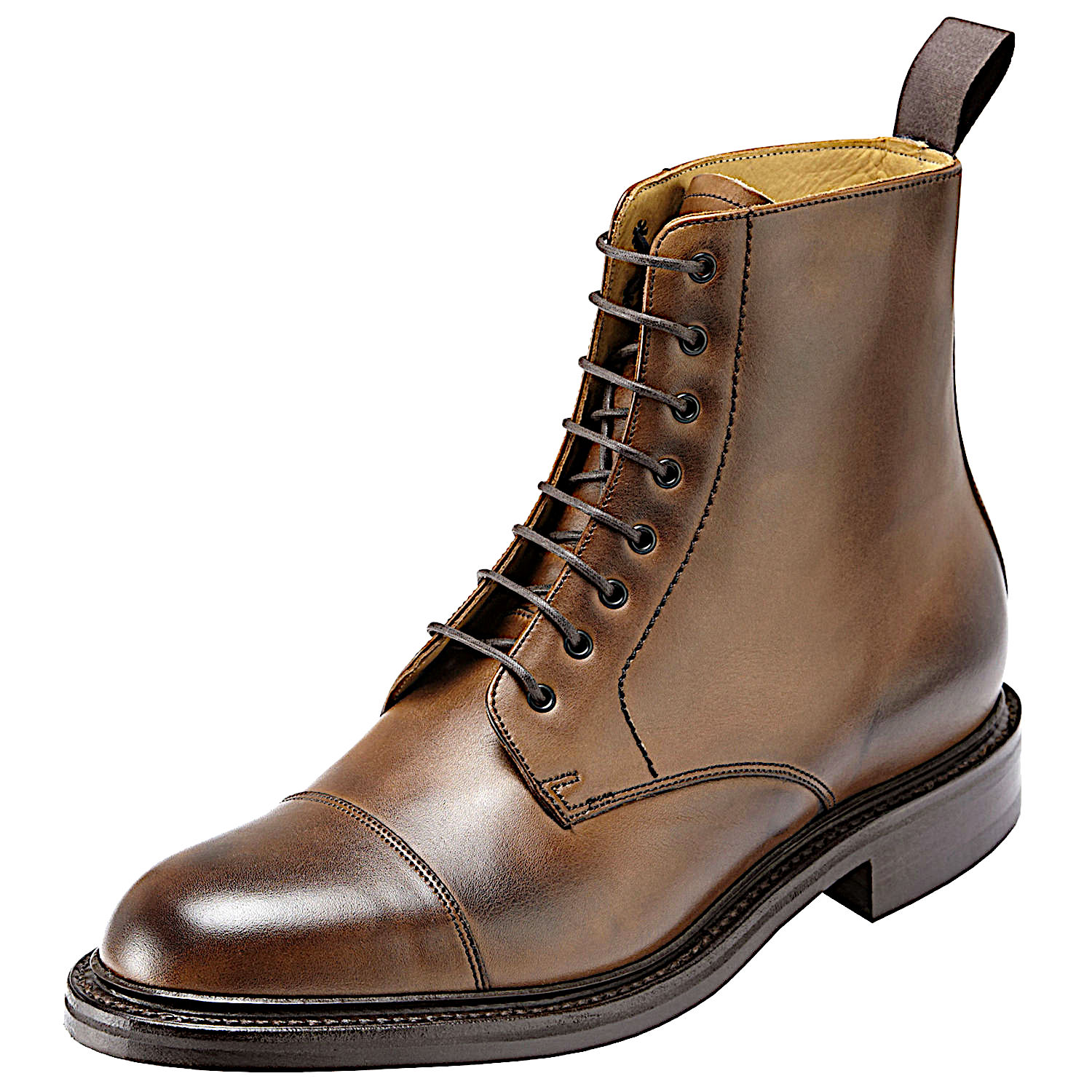Son Of Saphir
Distinguished Member
- Joined
- Dec 28, 2009
- Messages
- 1,755
- Reaction score
- 1,134
That's precisely my point, market competition will take care of this. If they don't have what it takes to charge the prices they ask, they just won't get enough business to sustain the career. They'll either lower their prices, pivot into different types of work or find some kinds of niche like you mentioned, or probably even change career completely.
But this is the thing, it is not always as simple as that, some can't lower their prices. Let me explain. The big challenge for numerous custom or even bespoke makers is marketing, and this was especially true before instagram. They would tell me, you can be as skilled as anyone, but if people don't know your name they won't come. Back in the day, in my geographic location, people weren't willing to pay $$$$ for a maker they didn't know for the most part, but they were willing to pay for big names like Gucci. Even in the U.S I recall makers like DW saying he had to do some repair work to make ends meet, likely because he didn't have the name to command higher prices. Even Delos got absorbed into Berluti; a brilliant maker, but he didn't have the name either outside of the forums imo. You also hear shoemakers saying, if it wasn't for instagram they would have never considered going independent. Of course there are also bespoke makers who have no internet presence at all and easily make a living on local word mouth, those are a very lucky group.
Funny enough, some of the best shoemakers in my country make shoes privately, it is all word of mouth and no advertising at all. The man who worked at Fosters swore me to secrecy to never tell anyone, but he quit because he felt he wasn't supported enough. Other makers are either retired and make shoe privately on the side, or other makers are cobblers who have trained with master cordwainers and make shoes on the side - they don't have the time and financial constraints, so they take their time in making shoes with all their love. Shoemakers with shop fronts have time constraints and need to charge more.
Here is an example of a shoe made by a local maker:
Here is the last he made for me and the trial shoe. Trial shoe is white because he was going to do a flashy patina Corthay style.


The result = we had to part ways. Worse fitting shoe l ever tried on, and he didn't know how to fix it. He was able to do everything except fit a shoe properly. Big disappointment.
Last edited:







